Content
- How often to water cannabis: tips from experienced growers
- How to water cannabis for growth: choice of water and useful additives
- How much water is needed: how much to water cannabis at different stages
Proper watering of cannabis is one of the keys to successful cultivation. Mistakes in this process can lead to stunted growth, disease and reduced yields. In this article, we'll go into detail on how to water your cannabis, what to water your cannabis with for growth, and how often to water your cannabis to get strong and healthy plants. Experienced growers pay special attention to watering, because not only the health, but also the taste of the cones depends on it. Below you will learn all about what is the best way to water your cannabis, when to water your cannabis, and how many times to water your cannabis to get the best results.
How often to water cannabis: tips from experienced growers
Watering frequency is one of the most important aspects of successful growing. Many beginners do not know how often to water their cannabis and make the mistake of either overwatering or underwatering. Experienced growers say: you can not water “on schedule”, it is important to focus on the condition of the soil itself and the needs of a particular variety.
To begin with, it is worth considering factors such as soil type, container size, air temperature, humidity and stage of growth. For example, in hot conditions and with active vegetative growth, plants require more water. When to water your cannabis - morning and evening are considered optimal times, when evaporation is minimal and the roots are better able to absorb moisture.
Proper watering of varieties
As for specific varieties, they too have their own peculiarities. For example, if a grower is growing sativa, it is important to understand how to properly water sativa. These plants tend to be taller and have a more developed root system, but can be sensitive to overwatering. Watering should be moderate but regular, making sure to dry out the top layer of soil between waterings.
Watering of cannabis should be even: water should penetrate deeply, but not stagnate. Use the “finger” rule - if the top 2-3 centimeters of soil are dry, then it's time to water. You can also use a moisture meter for greater accuracy. It is important to remember: how often you should water hemp depends on many conditions, but you should always avoid stagnant water in the roots - this can lead to mold, fungus and root rot.
Thus, proper watering of cannabis is not just a mechanical action, but a whole system that takes into account the individual characteristics of the plant, the environment and the stage of growth.
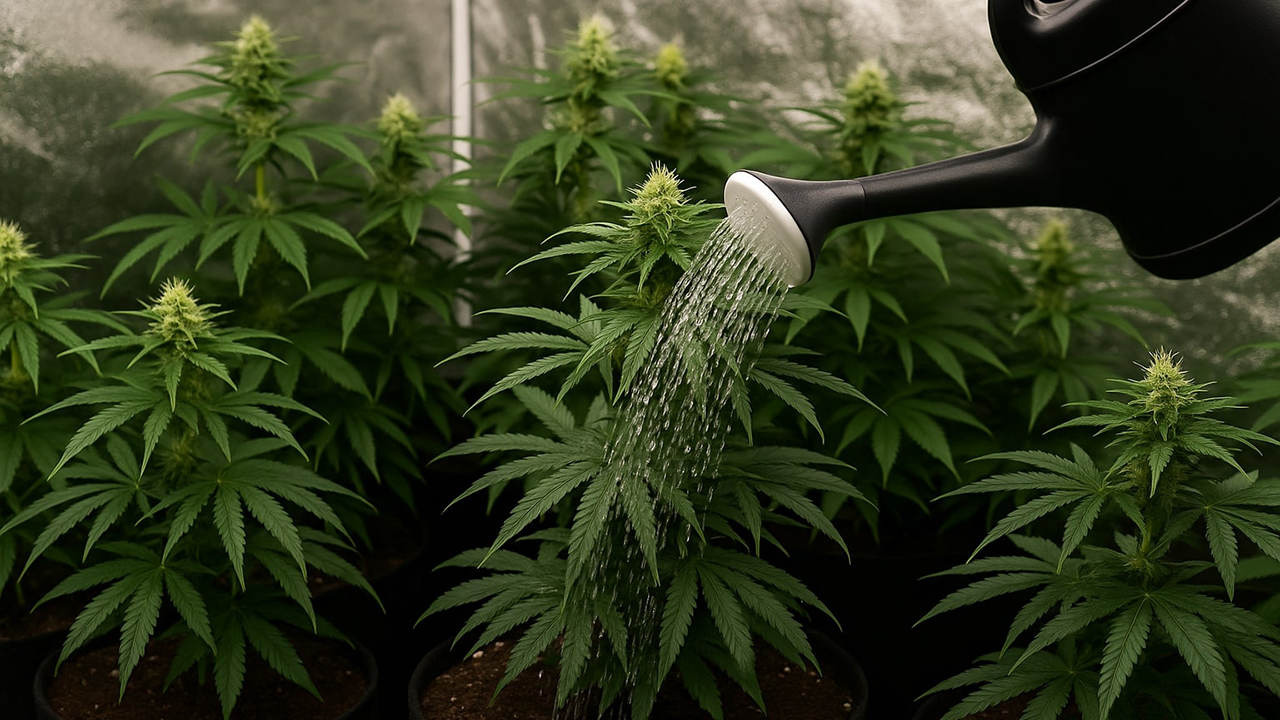
How to water cannabis for growth: choice of water and useful additives
In order for cannabis to develop quickly and remain healthy, it is important not only to follow the watering regime, but also to understand how to water cannabis for growth. Water must be of high quality, pH balanced and rich in the right trace elements. The wrong choice of liquid or additives can slow growth, change the flavor and aroma of future crops, or even cause disease.
Recommendations from experienced screwdrivers
- Use the right water.
Soft or filtered water with a pH between 6.0 and 6.5 is best. Hard water with a high calcium or chlorine content can impair root nutrition and change the soil structure. If tap water is used, be sure to let it stand for at least 24 hours. - Add organic stimulants.
During the vegetation stage, organic solutions can be used, e.g.:
- compost infusion;
- biohumus extract;
- fermented plant extracts.
These products improve nutrition and enhance soil microflora. It is important not to overdo it, especially when using it for the first time. - Apply mineral fertilizers with caution.
If the grover prefers mineral nutrition, fertilizers should be added strictly according to the instructions. It is better to start with a minimum dose and gradually increase it, observing the reaction of the plants. - Take into account the characteristics of the variety.
Different genetics require different approaches. For example, if growing indica, it is important to understand how to properly water indica. These plants tend to be more compact, with dense foliage and powerful buds, so overwatering is particularly dangerous for them. Indica feels better with moderate but stable watering with good drainage. It is often due to excess moisture that indica develops fungal diseases and root rot. - Use supplements to stimulate roots.
In the early stages of growth it is useful to use products based on mycorrhiza and trichoderma - they strengthen the root system and increase resistance to stresses.
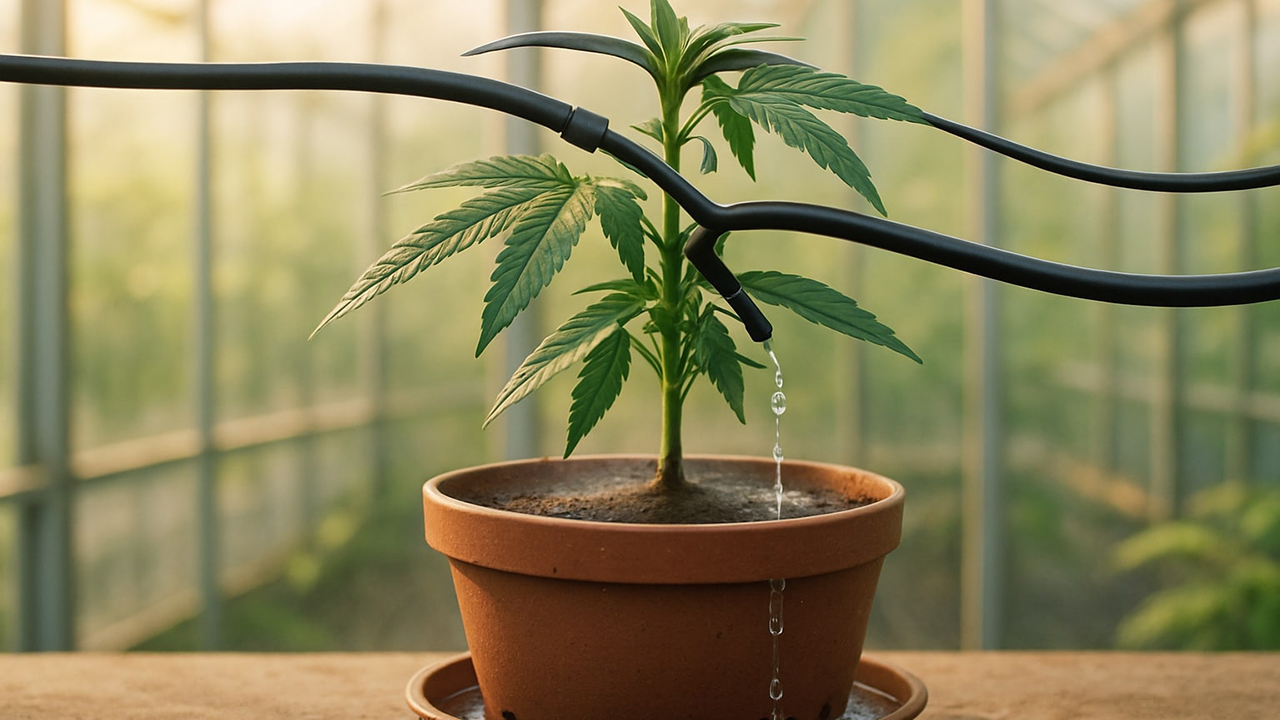
How much water is needed: how much to water cannabis at different stages
The amount of water a plant needs depends directly on its age, genetics and growing conditions. Mistakes in dosage are a common problem among beginners: someone pours water on the bushes every day, and someone forgets about watering for a few days. Experienced growers recommend approaching the issue systematically, because how much to water cannabis depends on several factors at the same time.
This is especially important when growing feminized cannabis seeds - such plants give only female bushes, and every mistake in care can affect the future harvest. To maximize results, watering must be precise and calibrated.
The table below shows approximate watering rates at different stages of growth:
| Stage of development | Water volume per 1 plant | Watering frequency | Commentary |
| Sprouts (1-2 weeks) | 100–200 ml | Every 2-3 days | Water in small doses, avoiding overwatering. |
| Vegetation (3-6 weeks) | 500–1000 ml | Every 2 days | The soil should dry out between waterings. |
| Pre-flowering (6-8 weeks) | 1–1,5 liter | One day later | Watering is intensified, especially when growth is active. |
| Blooming | 1,5–2 liter | Every 2-3 days | Watch drainage, don't overwater. |
| Final stage (before assembly) | 500–1000 ml | Every 3-4 days | Frequency is reduced to avoid excessive moisture. |
It is also important to consider how often you should water your cannabis depending on the type of variety: autoflowering plants drink less than photoperiod plants. And sativa, as a rule, requires a little more water than indica, especially in hot conditions and with rapid crown growth.
It is necessary to observe the plant: sluggishness of leaves downward - a signal to watering, and curled tips upward - a sign of excess moisture. This approach helps to ensure that the cannabis is watered correctly and creates the ideal conditions to produce dense, flavorful buds.
Conclusion
Proper watering is one of the keys to successful cannabis grooving. Understanding how often to water your cannabis, how best to water it, and how to take into account the characteristics of the variety (whether indica, sativa or feminized cannabis seed plants) helps you avoid common beginner's mistakes. Experienced growers emphasize that the best results are achieved not just by regularity, but by observing the plant, adapting watering to the stage of growth and using quality stimulants. This is the only way to achieve a strong root system, active growth and a generous harvest.
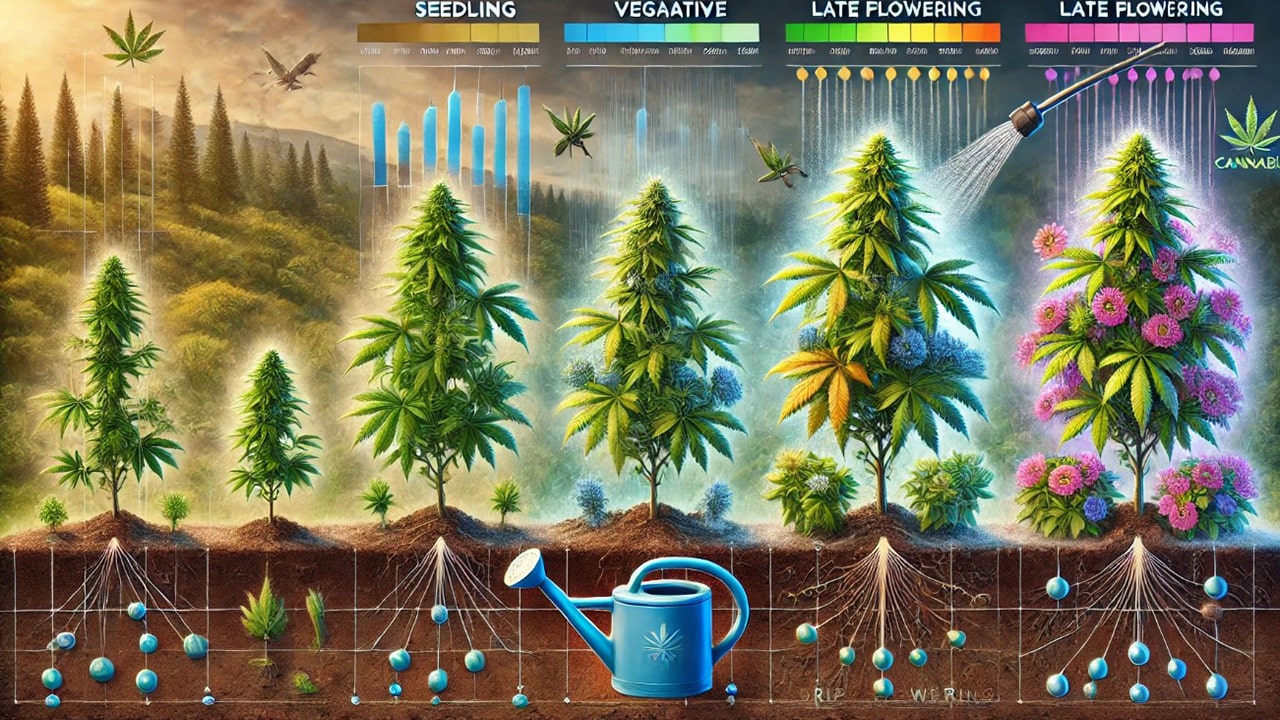
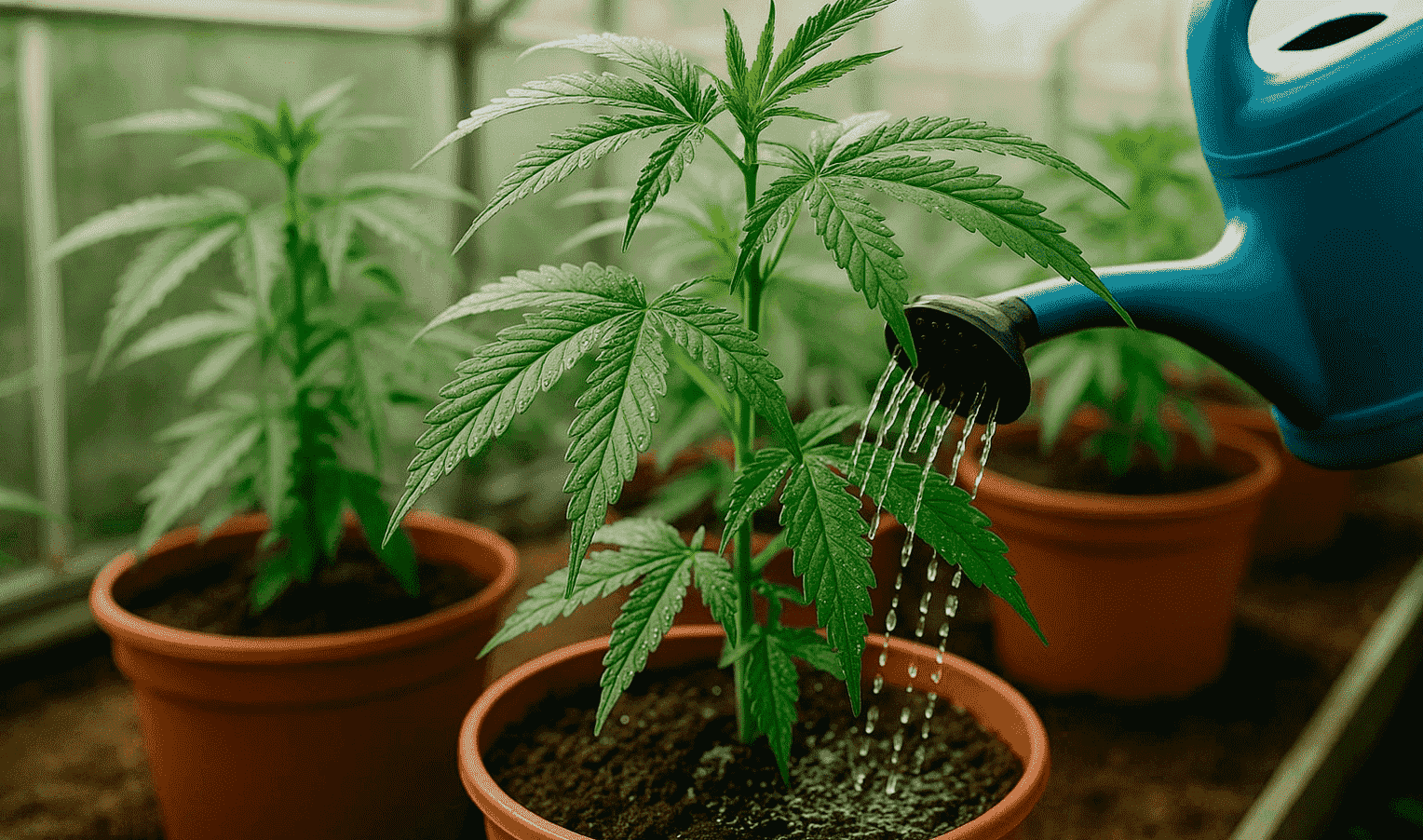
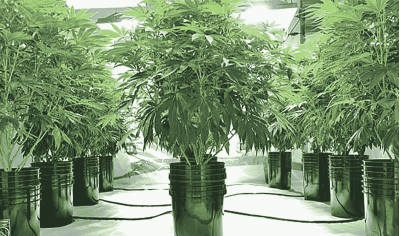
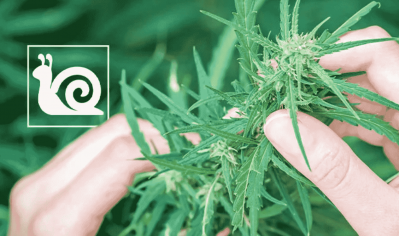
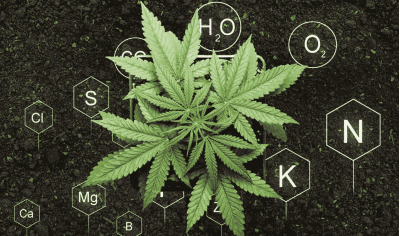
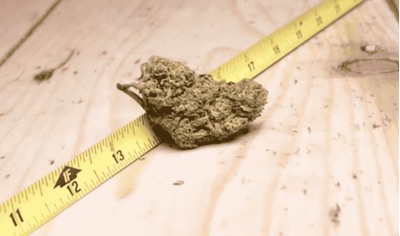
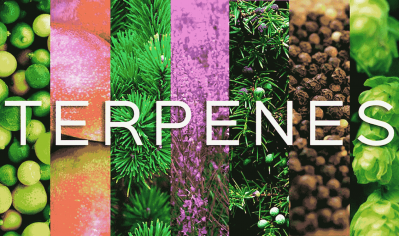

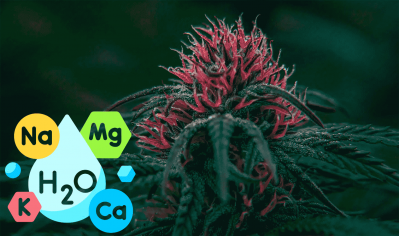
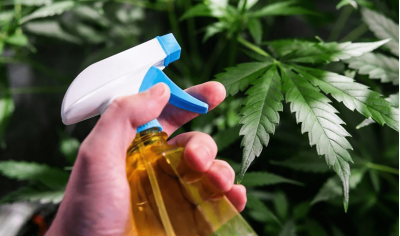
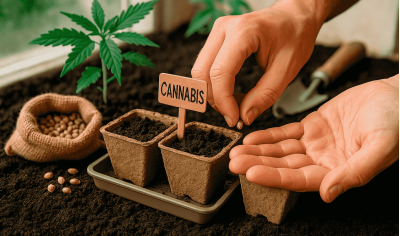
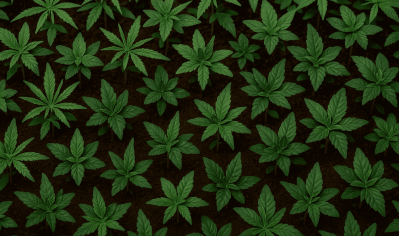
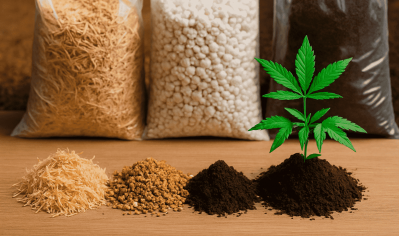
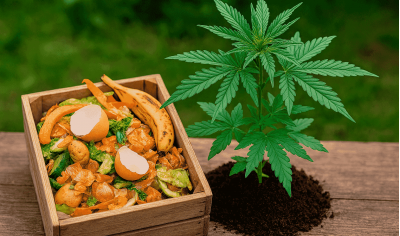


Write a comment